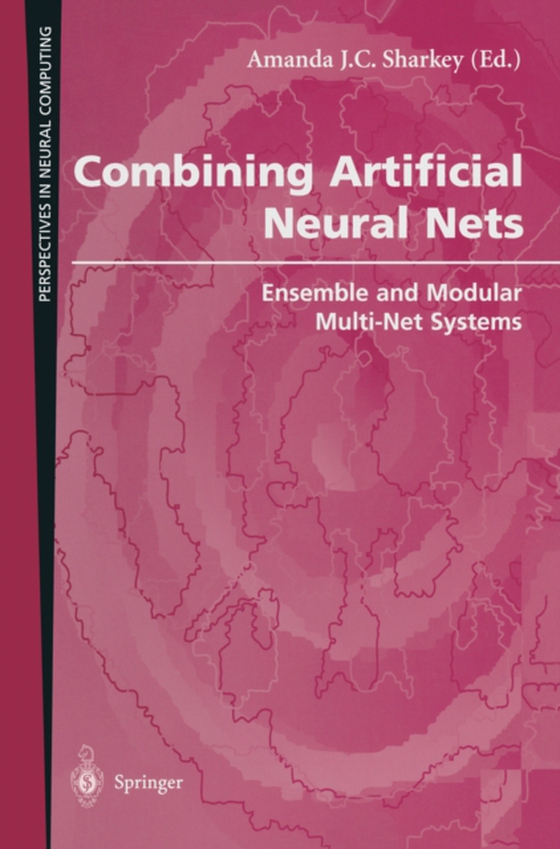
Combining Artificial Neural Nets e-bog
875,33 DKK
(inkl. moms 1094,16 DKK)
The past decade could be seen as the heyday of neurocomputing: in which the capabilities of monolithic nets have been well explored and exploited. The question then is where do we go from here? A logical next step is to examine the potential offered by combinations of artificial neural nets, and it is that step that the chapters in this volume represent. Intuitively, it makes sense to look at c...
E-bog
875,33 DKK
Forlag
Springer
Udgivet
6 december 2012
Genrer
Cybernetics and systems theory
Sprog
English
Format
pdf
Beskyttelse
LCP
ISBN
9781447107934
The past decade could be seen as the heyday of neurocomputing: in which the capabilities of monolithic nets have been well explored and exploited. The question then is where do we go from here? A logical next step is to examine the potential offered by combinations of artificial neural nets, and it is that step that the chapters in this volume represent. Intuitively, it makes sense to look at combining ANNs. Clearly complex biological systems and brains rely on modularity. Similarly the principles of modularity, and of reliability through redundancy, can be found in many disparate areas, from the idea of decision by jury, through to hardware re- dundancy in aeroplanes, and the advantages of modular design and reuse advocated by object-oriented programmers. And it is not surprising to find that the same principles can be usefully applied in the field of neurocomput- ing as well, although finding the best way of adapting them is a subject of on-going research.
 Dansk
Dansk

